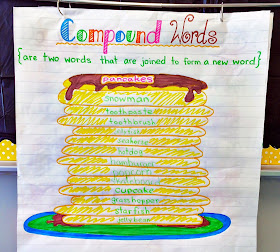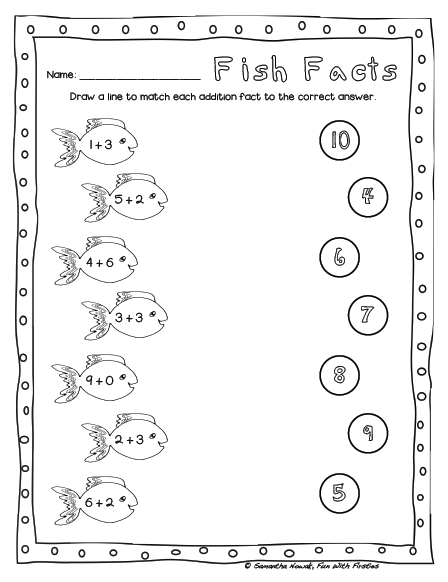Hi everyone! I hope you had a fabulous week, but seriously--T.G.I.F.!!!
My week can pretty much be summed up as follows:
(Don't.bug.me. while I'm *still* frantically trying to get through DRA assessments!!! ...which I began the first day back, BTW. I swear I said "ask 3 before me!" about a thousand times this week.)
(The second I mention we will be doing an activity in partners they suddenly transform into secret service agents *thinking* that they are subtly communicating messages to their besties across the carpet ...needless to say: I chose partners all week.)
(Seriously. Was there a full moon?!)
(And need I say more?)
Okay! Well now that I've gotten that off my chest haha! Let's get to some of the fun we had this week! Our literacy centre activities were all snowman-themed and our pocket chart centre was a particular hit this week:
If you follow me on
Instagram, you may have seen that I posted about this FREEBIE activity. The students simply use the pictures of the snowmen to help unscramble each of the 7 sentences:
I love this simple centre activity because it helps my kiddos work on sentence structure along with some sight words thrown in there (specifically the sight word "this").
You can download the whole activity, along with the above extension worksheets, for FREE in my TpT store...click HERE to check it out.
To keep up with the snowman theme, I also wrote this sad little story to use as our shared reading for the week:
It was the best story I could come up with that crammed as many Dolch Primer sight words into it as I could. All the words written in colour are primer sight words...there are 22 in total, so not too shabby in my books! The kids were thrilled that they were able to read the whole story independently by the end of the week, and I was thrilled that we were practicing our Primer sight words and fluency! Each morning after reading the story, we played "I Spy" and searched for 3 different sight words.
Psssstt...if you're looking for some more snowman-themed literacy activities, I have another simple freebie available in my store that you might like to snag as well ;)
We also began a new unit in math;
2D & 3D Geometry. Yesterday the kids played an "I Spy" game
...in partners...*sigh*....where they used descriptive math words
(such as curved, straight, corners, points, etc.) to give clues to their partner about a figure/shape they were spying around the room. The partner had to guess the figure based on the description. They also filled out a simple chart for each turn
(showing what the shape was and recording the descriptions that were given). They actually had total a blast doing this!
Today we began identifying more cornet information about common 2D figures by putting our ideas onto an anchor chart:
(we ran out of time and will have to finish triangles on Monday!)
Next we played a fun little SMARTboard memory game just to see where their spatial awareness was at. To play the "game," I first made little blank booklets for each firstie (made simply by cutting paper into quarters).
(their completed booklets are hanging on our math wall so they can look through each others' work)
Next I showed them an image on the SMARTboard for only about 5 seconds. When I hid the image back up (with the "Show/Hide Screen Shade" tool highlighted on the top toolbar of the image below), they had to transfer what they saw onto their booklet page:
We started off really simple (see diagonal line above) and gradually the images got a little more complex. After each image, we stopped and talked about some of the strategies we used to help us replicate each slide. It was really interesting to hear their interpretations:
Most students said they drew an "X" for this one. I also had some say they drew "4 triangles."
For this one, most students shared that they drew a "plus sign" (which I was expecting since we just finished up addition), but some also said they drew a "window" or "four squares."
This one was interesting because I had a few say they drew an "envelope," some drew the letter "V," and one said they drew "3 triangles."
We only did this activity with 4 images today. Near the end of our geometry unit, we will do it again with some of the more complex images to see how our perceptions and abilities have developed over the course of this little math unit. You can download this SMARTboard file for FREE! It includes all of the above images along with several others and a blank template for you to create any images you'd like:
Click HERE to download the complete SMARTboard file.
Have a wonderful weekend :)








































